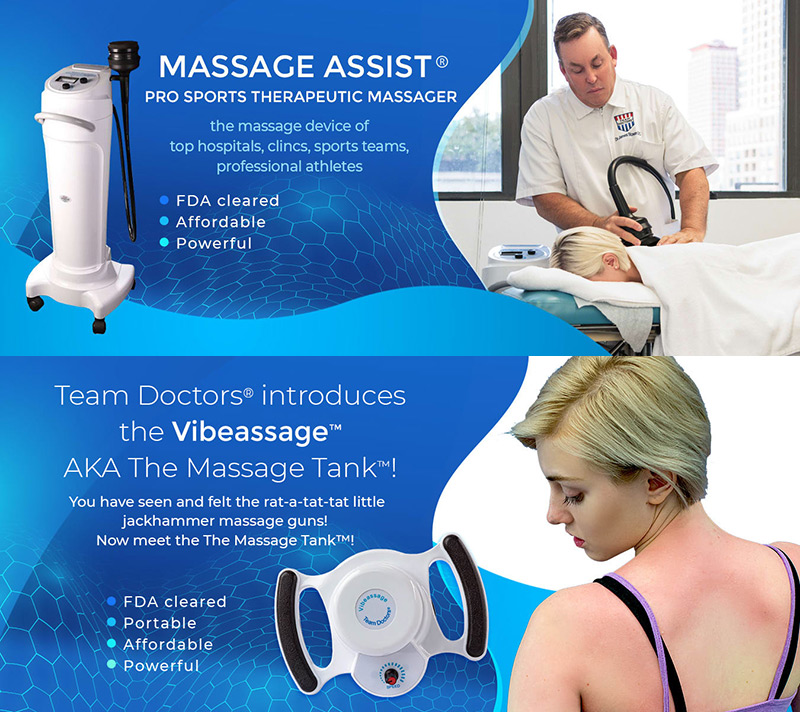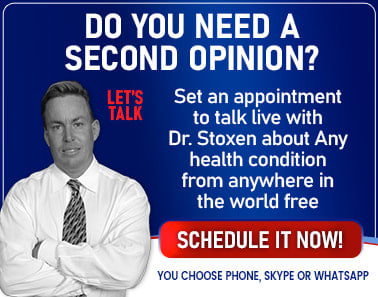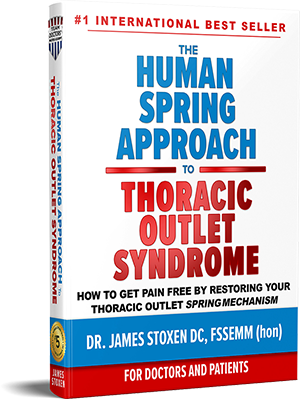At the age of 27 I suffered from pain and fatigue.
I developed foot and toe pain, sharp leg pain, lower hip pain and even knee cap pain.
Every weight bearing joint was killing me!
My knees were cracking with every step. Not to mention having foot lock. I sounded like a cricket! I couldn’t lift without severe lower back pain afterwards.
I was a 27 year old doctor thinking, what are the causes of arthritis? I was thinking there has to be a treatment plan for pain!
In my experience I have found the next 8 video tutorials, #77-89 helpful in releasing the muscle stiffness or joint locking of the joints of the Human Spring mechanism.
The next exercise as well as the other self-help release video tutorials helped to relieve my intense chronic pain as well as releasing my Human Spring Suspension muscles that helped me get the full range of motion to maximize superior development.
It’s my hope that this will help you too!!!!
In this video tutorial I give you my approach to releasing and un- locking of the joint play in the big toe and the other toes.
I do this myself and I also use this as part of a treatment plan for my patients.
This is the first of 8 video tutorials that will help you release the Human Spring.
What the Human Spring Theory says is that the body absorbs impacts by way of its engineering.
One of the most important ways the body absorbs impacts and translates the mass across the limbs during walking, running and other movements is through “moving” of the joints.
Think of the body as a spring with seven floors’ of springs interconnected though the body, running toe to head.
- Floor One: The arch of the foot or the master spring
- Floor Two: Ankle joint #1 – (subtalar joint)
- Floor Three: Ankle joint #2 – (ankle mortise)
- Floor Four: The knee
- Floor Five: The Hip
- Floor Six: The Spine
- Floor Seven: The Spine-Skull
This system is what protects and propels as you take 10,000 steps a day which equates to roughly 270 million collisions between foot and ground in a lifetime.
For example, the first floor, the arch spring consists of the human foot and ankle which has 33 joints that work together to form a spring like structure. It works best when there is no stiffness or locking of any of these joints which I call spring lock or in this floor “foot lock”
watch above as Dr. Stoxen evaluates a gait study with a patient at Team Doctors
The way I find locking in the joints of the body is first by watching someone walk called a gait evaluation. This method of examination takes a keen eye, a high level of understanding of the anatomy and how the body moves to make a diagnosis. You can watch yourself, family or friends walk and see obvious flaws in their step. If someone can watch and find flaws in the way a baseball player swings a bat, a tennis player swings the racket or a golfer swings the club then you can watch someone walk to see if the step is off its proper form and technique
Next I bring the patient in the examination room and check the motion or joint play of all of the joints through the human spring mechanism floor one to seven. Im looking for any joints that are stiff from spasms or locked.
Next I take x-rays if they are medically necessary.
Finally I treat the locking of these joints. Some of these adjustment techniques I learned in school but most of them I developed over the years.
I will teach you some simple ones that you can do to help wiggle your joints free so they are moving better. Stay tuned for more of my video tutorials with instruction on how to wiggle your joints.
If you have conditions like bunions, painful toes or other conditions I do not advise you to indiscriminately adjust your toes thinking this is the treatment for these conditions. You should always see a doctor for any condition in the feet or toes.
You might want to show your doctor or therapist this video to see if this is something that may help you.
Some spasms take longer than others to release. If you have had the condition for a longer period of time the muscle spasm will take longer to go down. Be patient.
click here to go to the next video tutorial #78
Disclaimer
All content on teamdoctorsblog.com, including without limitation text, graphics, images, advertisements, videos, and links (“Content”) are for informational purposes only. The Content is not intended to be a substitute for professional medical treatment, advice, or diagnosis. Please remember to always seek the advice of a qualified physician or health professional with any questions you may have regarding any medical concerns. Dr James Stoxen DC and Team Doctors does not recommend or endorse any specific treatments, physicians, products, opinions, research, tests, or other information it mentions. Said Content is also not intended to be a substitute for professional legal or financial advice. Reliance on any information provided by Team Doctors is solely at your own risk.
Contraindications:
There are times when you should refrain from massage or deep tissue massage because it may adversely affect a health condition.
Contraindication is the medical term for these conditions. “Contra” means against, as in contrary, and indications are things that tell you what to do one way or the other. Therefore, contraindications are things that are telling you not to do something.
- Fever: When you have a fever, your body is trying to isolate and expel an invader of some kind. Massage increases overall circulation and could therefore work against your body’s natural defenses.
- Inflammation: Massage can further irritate an area of inflammation, so you should not administer it. Inflamed conditions include anything that ends in itis, such as phlebitis (inflammation of a vein), dermatitis (inflammation of the skin), arthritis(inflammation of the joints), and so on. In the case of localized problems, you can still massage around them, however, avoiding the inflammation itself.
- High blood pressure: High blood pressure means excessive pressure against blood vessel walls. Massage affects the blood vessels, and so people with high blood pressure or a heart condition should receive light, sedating massages, if at all.
- Infectious diseases: Massage is not a good idea for someone coming down with the flu or diphtheria, for example, and to make matters worse, you expose yourself to the virus as well.
- Hernia: Hernias are protrusions of part of an organ (such as the intestines) through a muscular wall. It’s not a good idea to try to push these organs back inside. Surgery works better.
- Osteoporosis: Elderly people with a severe stoop to the shoulders often have this condition, in which bones become porous, brittle, and fragile. Massage may be too intense for this condition.
- Varicose veins: Massage directly over varicose veins can worsen the problem. However, if you apply a very light massage next to the problem, always in a direction toward the heart, it can be very beneficial.
- Broken bones: Stay away from an area of mending bones. A little light massage to the surrounding areas, though, can improve circulation and be quite helpful.
- Skin problems: You should avoid anything that looks like it shouldn’t be there, such as rashes, wounds, bruises, burns, boils, and blisters, for example. Usually these problems are local, so you can still massage in other areas.
- Cancer: Cancer can spread through the lymphatic system, and because massage increases lymphatic circulation, it may potentially spread the disease as well. Simple, caring touch is fine, but massage strokes that stimulate circulation are not.Always check with a doctor first.
- Other conditions and diseases: Diabetes, asthma, and other serious conditions each has its own precautions, seek a doctor’s opinion before administering massage.
- Pregnancy: No deep tissue work. Be aware: danger of triggering a miscarriage by strong myofascial work is greatest during the first 3 months (especially through work around the pelvis, abdomen, adductors, medial legs, or feet)





